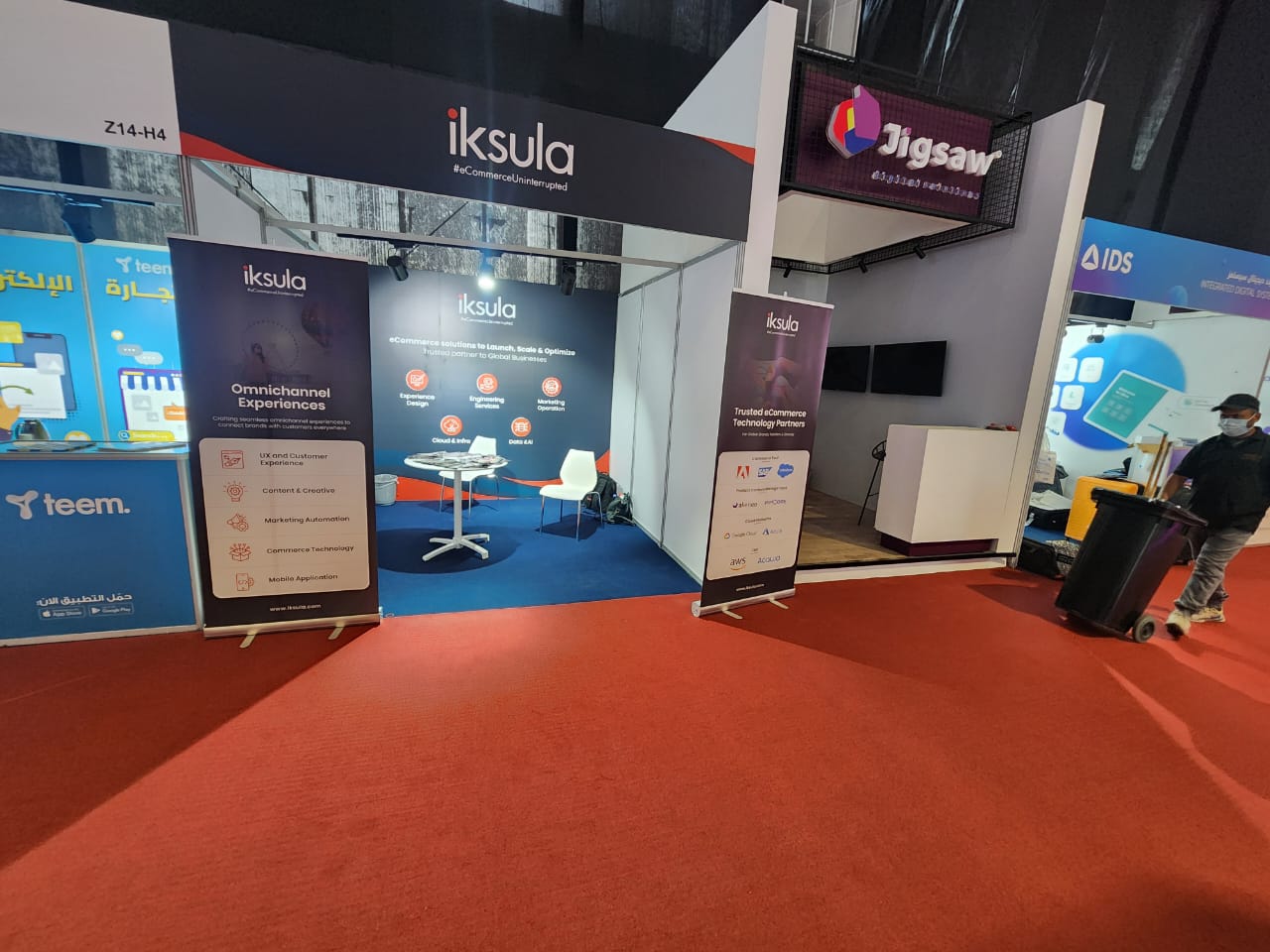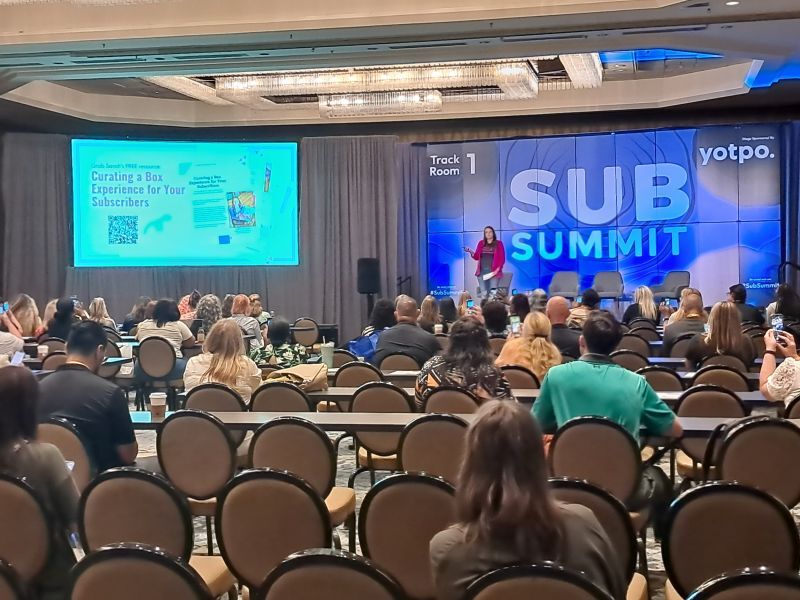The eCommerce industry has seen a paradigm shift in application development, with low-code and no-code technologies gaining popularity. According to Gartner, by 2025, 70% of new applications developed by organizations will utilize low-code or no-code technologies, indicating a significant trend towards application assembly and integration. eCommerce, a module-dependent system with numerous integrations, can significantly benefit from low-code platforms.
This article explores three essential use cases where low-code applications can enhance eCommerce efficiency, speed up time-to-market (TTM), and reduce development costs.
1. Mobile Application Development: One of the primary use cases for low-code applications in eCommerce is mobile app development. Low-code platforms like Builder.ai have made creating basic eCommerce features such as Home Pages, Product Listing Pages (PLPs), Product Display Pages (PDPs), Cart & Checkout, and limited promotions easier and faster. These low-code mobile apps seamlessly connect to the eCommerce backend through APIs, enabling real-time data synchronization.
However, it’s important to note that low-code mobile apps may have limitations when it comes to customization. Low-code solutions may only partially support complex and highly customized B2B features. Nevertheless, for B2C websites with basic features, using low code for mobile app development can significantly reduce development time and costs. For instance, combining a Shopify website (2-4 weeks) with a parallel low-code mobile app (2 weeks) can result in a complete eCommerce solution within 4-6 weeks, saving resources and expenses.
2. Campaign Management: Another crucial area where low-code applications excel in eCommerce is campaign management. Designing personalized campaigns based on buyer behavior, location, engagement timelines, and more can be complex. Platforms like Zoho offer interactive low-code solutions, allowing business users to create campaigns by dragging and dropping components and defining workflows. You can share these campaigns across multiple channels, including WhatsApp, email, SMS, and social media.
Low-code technology empowers businesses to easily modify and adapt their campaigns based on real-time buyer responses. With the ability to track buyer touchpoints and receive immediate feedback, companies optimize requiring strategies swiftly and effectively without requiring extensive IT resources.
3. Chatbot Development: Chatbots have become integral to the eCommerce customer experience, providing personalized support and streamlining order processes. Low-code platforms offer a user-friendly way to build chatbot workflows in a drag-and-drop manner. For example, a B2B chatbot designed for order capturing can guide buyers through predefined options like ordering by SKU, raising grievances, or accessing FAQs.
With low-code chatbots, businesses can easily configure workflows and automate actions, such as emailing captured grievances to the relevant department. Uploading FAQs for the Chatbot to handle buyer queries further simplifies the process, empowering businesses to deliver seamless customer service without extensive technical involvement.
Conclusion:
Low-code applications have revolutionized the eCommerce landscape by enabling faster time-to-market, reducing development costs, and streamlining application assembly and integration. With mobile app development, campaign management, and chatbot deployment as critical use cases, businesses can leverage low-code platforms to swiftly adapt to changing market demands and drive better customer experiences. As Gartner predicts the continued rise of low-code technologies, the eCommerce industry can benefit from embracing this powerful trend.









































